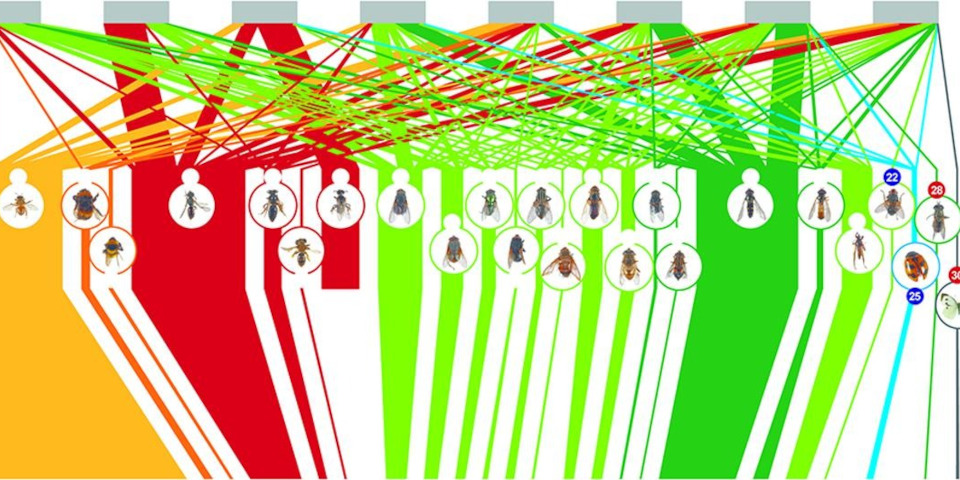Abstract
Brassica rapa L., is a crop grown globally and studies have indicated that insect pollination can improve yields. However, the importance of insect pollination in this crop depends on cultivar reproductive biology, insect pollinator species and their abundances. In Bangladesh, the acreage of B. rapa for oilseed production has been expanding, but little is known about whether insects contribute to yield improvements. Using the commonly grown variety Tori-7, we found that plants with inflorescences left exposed to flower visiting insects (body width > 1.5 mm) had a 30.8% greater seed yield compared to those where insect flower visitors were excluded. Of 794 insect flower visiting individuals recorded from observation and trapping surveys conducted across four separate fields, Apis bees (four spp.) were the most abundant (66.1%), followed by flies Musca domestica (14.7%), Sepsis fulgens (6.3%) and hoverflies (3.0%; 3 spp; Syrphidae). Other flower visitors included ants, wasps, beetles, butterflies and moths. For the cultivar assessed, we calculated the economic value of oilseed rape was $US 87.5 million per annum in Bangladesh, of which the economic value of insect pollination was $US 26.92 million per annum. Thus, one in every four dollars earned by our Bangladeshi growers resulted from insect crop pollination. This demonstrates to growers the need to promote and protect insect pollination to optimize their economic returns.
2412 Members
127 Countries!
127 Countries!










